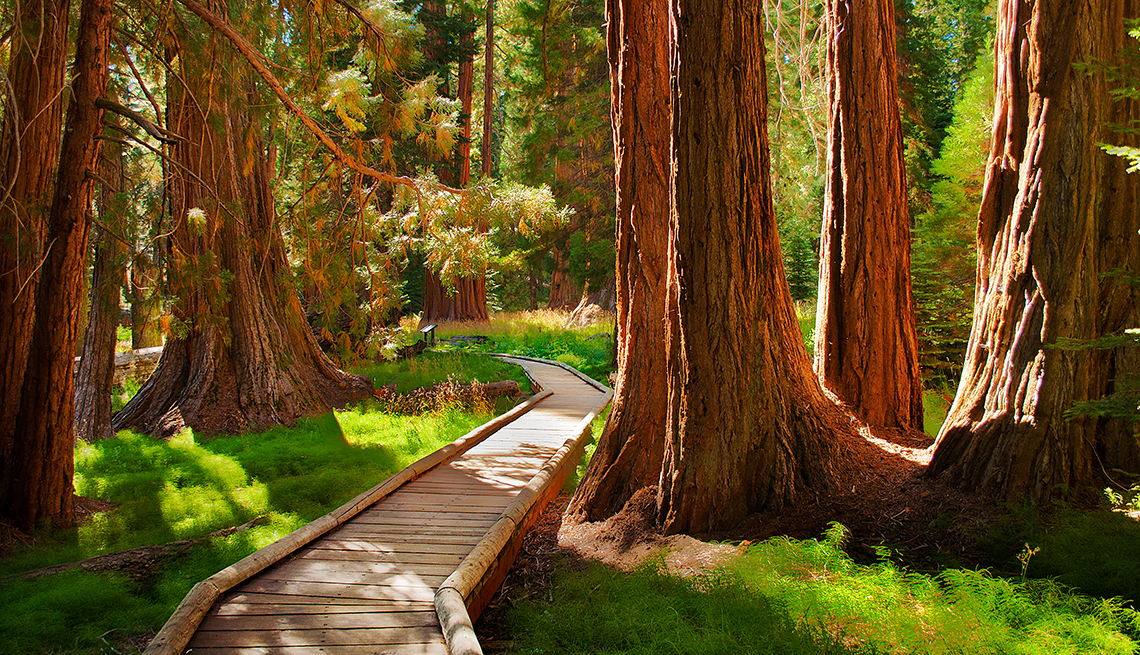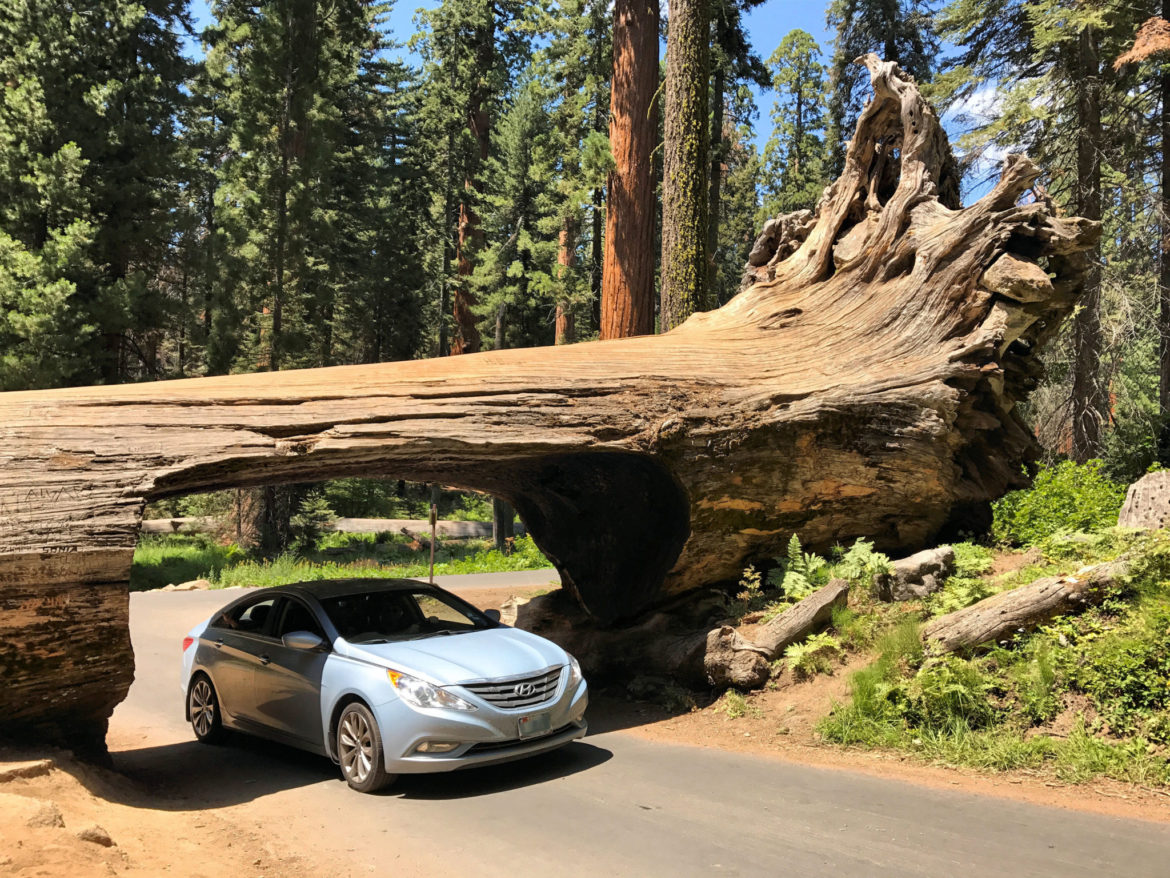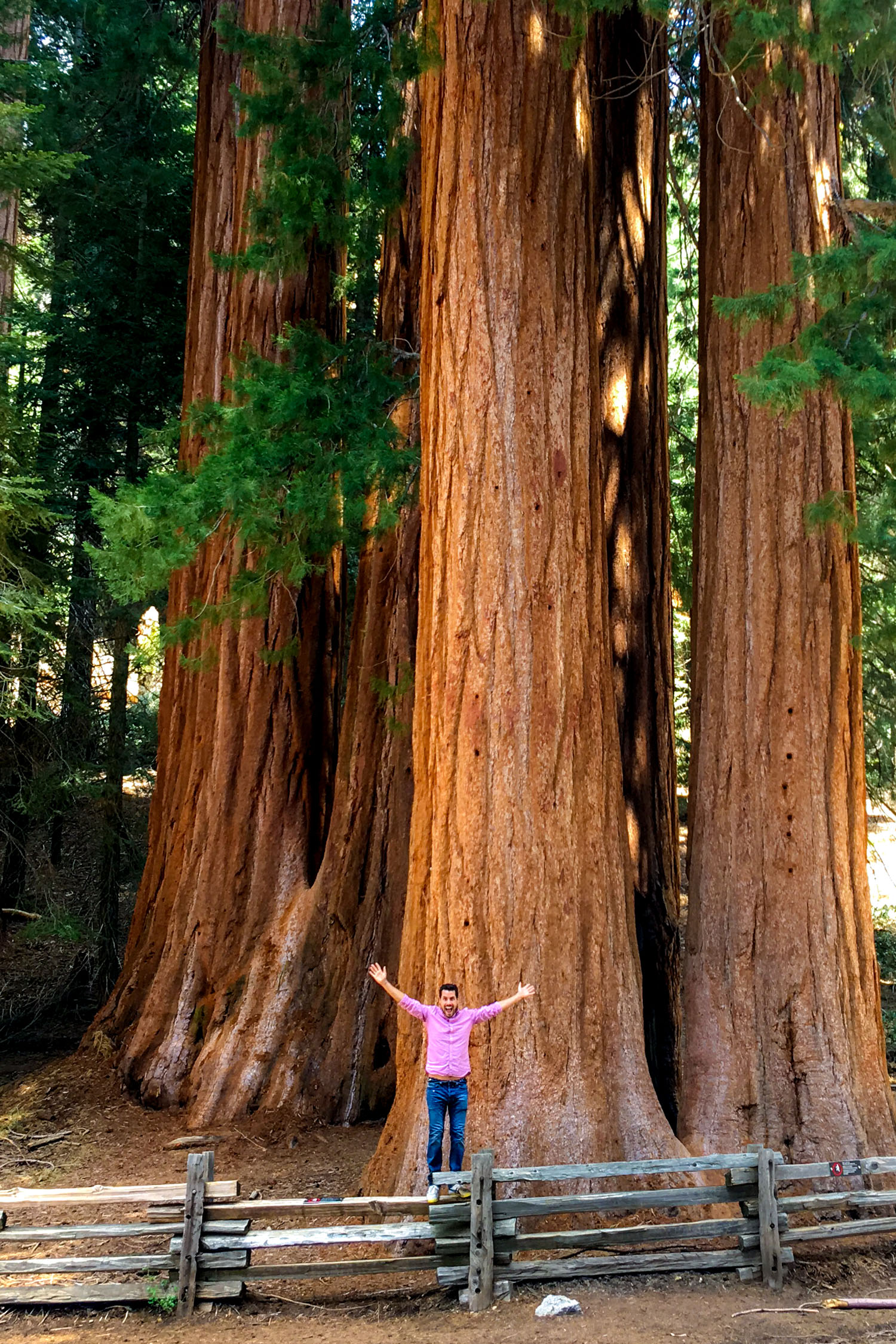Sequoia National Park-- Discover Among California's The majority of Majestic Parks
Sequoia National Park-- Discover Among California's The majority of Majestic Parks
Blog Article
Explore the Diverse Wildlife Habitats Within Sequoia National Park
Sequoia National Park is an ecological prize, showcasing an excellent selection of wild animals habitats that add to its rich biodiversity. From the stunning giant sequoia woodlands to the varied towering fields, each atmosphere plays a critical function in sustaining various types, including both usual and unusual animals.
Introduction of Sequoia National Forest
Sequoia National forest, nestled in the southern Sierra Nevada range of mountains of The golden state, is renowned for its awesome landscapes and looming large sequoias. Developed in 1890, it is among the oldest national forests in the USA, devoted to protecting the all-natural appeal and ecological honesty of this one-of-a-kind region. The park includes over 404,000 acres of diverse terrain, including majestic hills, deep canyons, and lavish fields.

Visitors can discover various treking trails, varying from leisurely walks to tough backcountry routes, each offering an unique point of view of the park's magnificence. With its mix of natural marvels and entertainment opportunities, Sequoia National Park acts as an essential refuge for both wild animals and those seeking to get in touch with nature.

Significant Wild Animals Environments
The diverse landscapes of Sequoia National Park develop a mosaic of wildlife environments that support a rich variety of species. These habitats range from lavish meadows and thick woodlands to rough alpine areas and extensive river valleys, each offering distinct ecological niches.
One famous environment is the gigantic sequoia forest, defined by looming trees and a rich understory, which sustains numerous creatures, birds, and bugs. The mixed conifer forests, composed of species such as sugar pine and white fir, deal added sanctuary and food sources for wildlife.
Meadows and meadows play an important role in the park's ecosystems, working as important foraging grounds for herbivores like deer and tiny animals. These open locations likewise draw in diverse bird types, especially throughout migration periods.
The park's higher altitudes feature towering environments, where conditions are extreme and types are adjusted to make it through in such extremes (Sequoia National Park hour). Below, one can discover one-of-a-kind flora and animals that grow in rough, cool atmospheres
Plants and Animal Variety
Within the varied communities of Sequoia National forest, an exceptional range of plants and animals coexists, showcasing the complex partnerships that sustain the park's biodiversity. The park is home to over 1,300 plant species, consisting of the iconic huge sequoias, which are amongst the largest and oldest trees on Earth. These impressive trees provide crucial environment and food sources for different wild animals, cultivating a complex web of environmental interactions.
Pet varieties in Sequoia National Park are similarly varied, with habitats ranging from lowland foothills to high towering environments. Creatures such as black bears, mule deer, and bobcats prosper in this rich ecosystem, while avian varieties, including the magnificent gold eagle and the elusive spotted owl, poise the skies. Amphibians and reptiles, like the Sierra amphibian and the western rattlesnake, likewise play essential functions in preserving eco-friendly equilibrium.
The park's unique mix of elevation slopes and microclimates supports these diverse species, highlighting the value of maintaining the all-natural environments that allow such an abundant tapestry of life to prosper. Understanding this variety is vital for valuing the environmental relevance of Sequoia National Park.
Conservation Initiatives in the Park
Preservation initiatives in Sequoia National forest play an essential function in safeguarding its unique ecosystems and the diverse varieties that occupy them. The park uses a diverse method, including habitat restoration, varieties monitoring, and intrusive species management. These efforts are essential for preserving the delicate balance of the park's environments, which consist of giant sequoias, fields, and towering environments.
Active repair tasks concentrate on reestablishing indigenous plant neighborhoods and restoring degraded environments. Sequoia National Park hour. This is especially important in areas influenced by human task or natural disruptions such as wildfires. The park's biologists perform regular monitoring of essential varieties, including the threatened Sierra Nevada bighorn sheep, to analyze population health and wellness and notify monitoring techniques
Invasive types position a substantial threat to the park's biodiversity. To combat this, park team carry out elimination programs to manage or eradicate non-native more tips here plants and pets that interrupt regional communities. Public education and learning and neighborhood participation are likewise emphasized, as they cultivate a much deeper recognition for conservation efforts. Via these thorough campaigns, Sequoia National forest aims to safeguard its abundant all-natural heritage for future generations while guaranteeing the strength of its diverse wild animals environments.
Tips for Wildlife Observation
Observing wildlife in Sequoia National Park provides a distinct chance to link with nature and value the diverse species that prosper in this impressive environment. To optimize your wildlife observation experience, think about numerous essential ideas.
First of all, plan your visit during morning or late afternoon, as these times are most energetic for numerous pets. Bring field glasses to observe wildlife from a secure range without interrupting their all-natural habits. Additionally, acquaint on your own with the varieties you wish to see; recognizing their behaviors and habitats can enhance your opportunities of spotting them.
Perseverance is essential; wild animals monitoring frequently needs waiting silently and knowing your environments. Stay on designated routes to reduce your influence on the ecosystem and guarantee your security. It is also suggested to maintain a respectful range from pets, avoiding any type of activities that could emphasize them or interrupt their setting.
Lastly, think about signing up with assisted scenic tours led by well-informed park rangers. These professionals can supply important understandings and enhance your chances of observing wildlife in their natural settings. By complying with these suggestions, you can improve your experience and add to the preservation of Sequoia's wildlife.

Verdict
Sequoia National forest functions as a crucial shelter for diverse wildlife, showcasing an amazing range of environments that sustain countless varieties. The interplay between large sequoia woodlands, combined conifer woodlands, fields, and towering regions promotes an abundant ecological tapestry. Ongoing conservation efforts are necessary for protecting these habitats and the one-of-a-kind flora and animals that occupy them. Ultimately, the park's biodiversity highlights the value of keeping such all-natural landscapes for future generations.
Please visit one of our local supporters - Wholesale Liquidation Pallet Amazon Mystery Pallet
Report this page